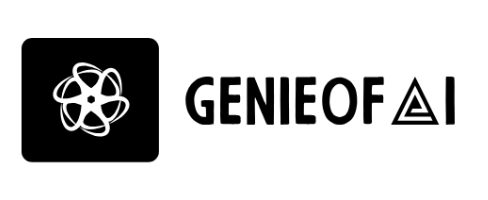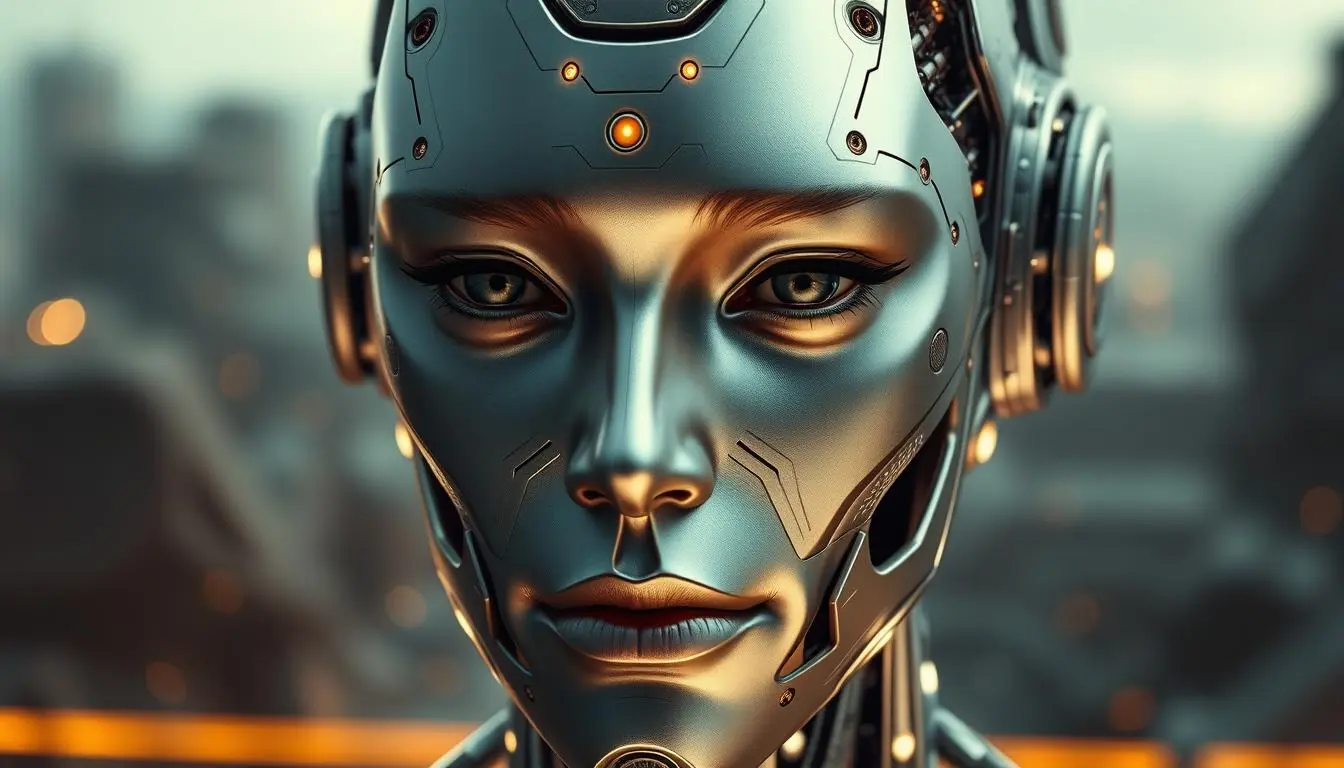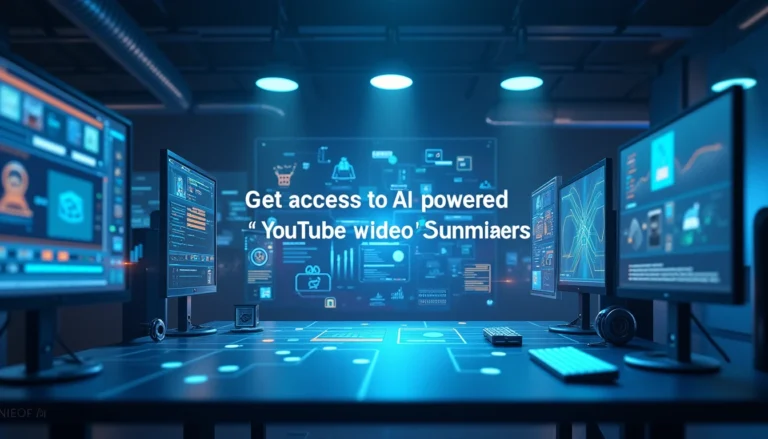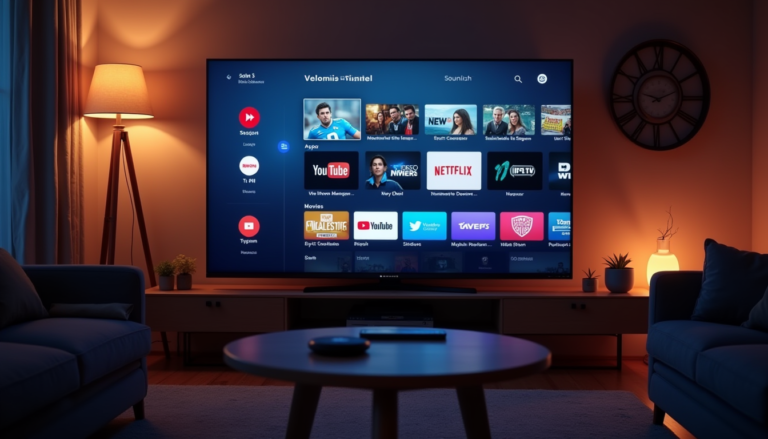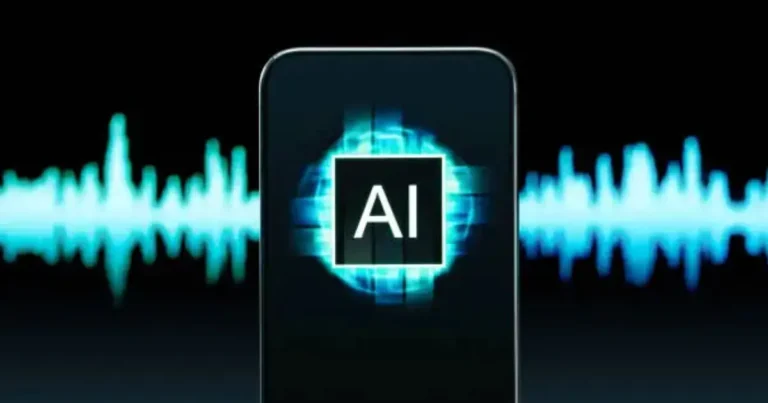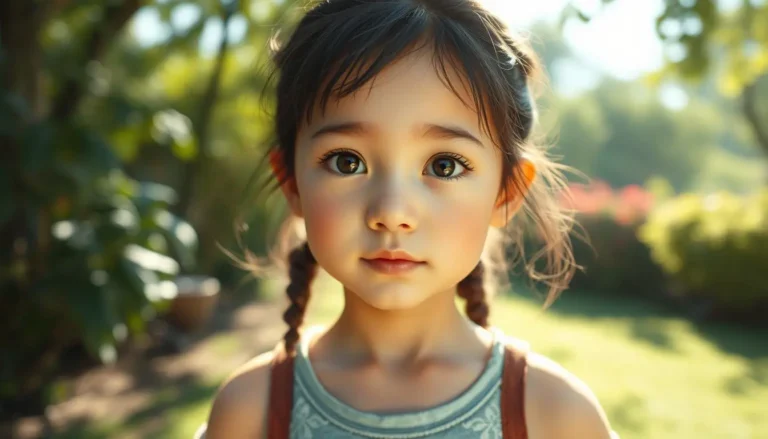What Makes an AI Realistic: Understanding Advanced Image Creation in 2025
Table of Contents
You’ve probably seen the amazing lifelike images made by artificial intelligence. Ever wondered why they look so convincing? It’s all about the advanced steps in making these images.
The world of AI image generation has grown fast, with big leaps in the last few years. Now, AI can make images that look almost real.

Learning about realistic AI art will show you how AI images seem so real. This knowledge will make you see how complex and advanced AI image tech is.
Key Takeaways
- Advanced processes are involved in creating lifelike AI-generated images.
- The evolution of AI image generation has been rapid and significant.
- AI-powered image generators can produce highly realistic images.
- The science behind realistic AI art is complex and sophisticated.
- Understanding AI image generation can help appreciate its complexity.
The Evolution of AI Image Generation
You’ve seen a big change in AI image making, from the start to now. It’s grown a lot, thanks to better realistic AI technology and smart algorithms.
From Early Algorithms to Modern Neural Networks
At first, AI made simple images. But then, deep learning and neural networks came along. Now, these networks make images that look very real, almost like they’re from the real world.
- Old algorithms were simple and didn’t have much data.
- New neural networks use lots of data and complex designs.
- This has made images much better and more realistic.
Key Milestones in AI Realism Development
The growth of AI realism in gaming is a big deal. Important steps include:
- Generative Adversarial Networks (GANs) changed how images are made.
- Diffusion models made images even better.
- More computing power and big datasets helped too.
The Science Behind AI Realistic Images
It’s important to know how AI makes realistic images. This technology uses advanced methods like complex algorithms and neural networks.
How Generative Adversarial Networks (GANs) Work
Generative Adversarial Networks (GANs) are key in making realistic AI applications. They have two parts: a generator and a discriminator. The generator makes images, and the discriminator checks if they’re real or fake.
Training Process and Data Requirements
To train GANs, a lot of images are fed into them. The generator gets better at making realistic images. The discriminator gets better at telling real from fake. This needs a lot of computer power and high-quality data.
Generator and Discriminator Dynamics
The battle between the generator and discriminator is key. As the generator gets better, it makes images that look more real. The discriminator’s feedback helps the generator get even better. This back-and-forth makes the images perfect for AI realistic simulation uses.
Diffusion Models and Their Impact on Realism
Diffusion models are another big step in AI image making. They start with a noise signal and make it look like the training data. This makes very realistic images.
Step-by-Step Noise Reduction Process
Diffusion models refine the noise signal step by step. At each step, the image gets clearer and more realistic. This is done many times, making the final image very detailed and realistic. It’s great for tools like ai draw generator.
Advantages Over Traditional GANs
Diffusion models have some big advantages over GANs. They are more stable during training and can make more diverse images. These benefits make them great for creating realistic images for many uses.
Learning about GANs and diffusion models helps us see the power of realistic AI applications. They can change many industries.
Core Elements That Make AI Realistic Art
To make AI art look real, focus on key parts that make it seem authentic. It’s important to know how these elements work together. This creates an image that looks like it could be real.
The process includes several important aspects. These are how well the AI can show textures and details, the look of lighting and shadows, and how accurate the body shapes are.
Texture and Surface Detail Rendering
Creating realistic AI art starts with accurately rendering texture and surface details. This means capturing the small details of different materials. From the smoothness of skin to the roughness of tree bark. Advanced AI models, like those in furry AI generators, can create these details well.
For example, when making animal or character images, the AI must convincingly show fur texture. This needs complex algorithms that can mimic the patterns found in nature.
| Texture Type | Characteristics | AI Rendering Capability |
|---|---|---|
| Skin | Smooth, subtle variations in tone | Highly detailed, nuanced rendering |
| Fur | Complex patterns, varying lengths | Advanced rendering for realistic look |
| Metal | Reflective, sharp highlights | Accurate reflection and shine |
Lighting and Shadow Authenticity
Lighting and shadow authenticity are key to realistic AI art. The way light interacts with objects, creating shadows and highlights, greatly affects an image’s realism. AI models that can simulate these interactions well produce more believable results.
For instance, in creating AI natural landscapes, the AI must accurately show sunlight and shadows. It must consider the time of day, weather, and the environment’s shape.
“The quality of the light and the accuracy of the shadows can make or break the realism of an image.” – Expert in AI Image Generation
Anatomical Accuracy and Proportions
Lastly, anatomical accuracy and proportions are crucial for realistic AI-generated characters or humans. AI models need to be trained on vast datasets to grasp human or animal anatomy. This ensures the images are anatomically correct.
Tools like furry AI generators use this knowledge to create characters that are both visually appealing and anatomically plausible.

Specialized AI Realistic Generators You Can Use Today
Today, advanced AI realistic generators can create high-quality images for many uses. These tools meet various needs, from making characters to creating photorealistic landscapes.
Furry AI Generators and Character Creation
Furry AI generators are loved by those who make anthropomorphic characters. They use advanced algorithms to make detailed, realistic furry characters. This lets users customize their creations a lot.
Popular Tools for AI Furries Creation
Artbreeder and Midjourney are top picks for making AI furries. They have features that help users make unique, realistic characters.
Customization Options and Limitations
AI furry generators offer lots of customization but have some limits. Sometimes, complex designs can lead to unintended features. But, these tools keep getting better, giving better results over time.
| Tool | Customization Options | Output Quality |
|---|---|---|
| Artbreeder | High | Excellent |
| Midjourney | Medium | Very Good |
Photorealistic Human and Landscape Generators
Photorealistic human and landscape generators are used in film, gaming, and ads. They can make images that look just like real photos.
“The advancements in AI have revolutionized the way we create images, enabling the production of photorealistic content with unprecedented ease and accuracy.”
As AI gets better, we’ll see more advanced generators. This will open up new ways to create realistic images.

Applications of AI Realistic Technology in Your World
AI realistic technology is changing how we see and interact with digital stuff. It’s getting better and better, and it’s being used in many areas. This is making our lives, work, and fun times better.
AI Realism in Gaming and Entertainment
In gaming and entertainment, AI realism is making experiences more real. Games now have characters and settings that feel more alive. This makes playing games more fun and real.
For example, AI-generated realistic graphics add cool details and lighting. This pulls players into the game world.
AI Realistic Simulations for Training and Education
AI simulations are changing how we learn and train. They offer realistic and interactive learning experiences. Medical students can practice on virtual patients, and pilots can train in fake flight environments.
These simulations help people learn better and safely. They make real-world training safer and more effective.
Commercial Applications in Design and Marketing
In design and marketing, AI realistic technology is making visuals more engaging. It’s used for virtual product shows and personalized ads. AI-generated images are making brands more relatable and interesting.
A marketing expert said, “
AI-generated content is not just a tool; it’s a game-changer for how we connect with our audience.
” This change is reshaping digital marketing and design.
As AI technology gets better, it will open up more chances for new ideas and changes in many fields.
Challenges and Limitations in Creating Realistic AI Images
The quest for artificial intelligence lifelike visuals faces many hurdles. These range from technical issues to ethical concerns. As you delve into AI-generated images, you’ll find several obstacles that hinder their realism and usefulness.
The Uncanny Valley Problem
Creating ai realistic images is tricky, especially avoiding the uncanny valley. This issue happens when AI images seem almost real but not quite. It can make people feel uneasy or uncomfortable. To beat this, developers need to refine their algorithms to better capture human traits and expressions.
| Challenge | Description | Potential Solution |
|---|---|---|
| Uncanny Valley | Eeriness or discomfort due to almost realistic images | Fine-tuning algorithms for subtleties in human features |
| Technical Limitations | Constraints in processing power and data quality | Advancements in hardware and dataset curation |
| Ethical Concerns | Misuse of AI-generated images for deepfakes or misinformation | Implementing strict regulations and ethical guidelines |
Ethical Considerations and Deepfake Concerns
The making of very realistic AI images also brings up ethical concerns. There’s a big worry about deepfakes and spreading false information. With AI images getting more believable, it’s key to set up strong rules to stop misuse. You have to think about the effects of making ai natural images that could trick or fool people.
Conclusion: The Future of AI Realism
The growth of realistic AI technology has been impressive. It’s changed how we use digital content. Now, AI can make simulations and behaviors that feel real, in fields like gaming and education.
The future looks bright for AI realism. We might see better textures, lighting, and body details soon. This means even more lifelike digital experiences are coming our way.
AI realism will keep growing in importance. It will shape digital simulations, training, and marketing. This technology will deeply change how we live and interact with digital stuff.
FAQ
What is AI realism, and how is it achieved?
AI realism means making images that look real. This is done with advanced tech like Generative Adversarial Networks (GANs) and diffusion models. These tools help create detailed, lifelike images.
How do Generative Adversarial Networks (GANs) work?
GANs have two parts: a generator and a discriminator. The generator makes images, and the discriminator checks if they look real. This back-and-forth makes the images more realistic over time.
What are the applications of AI realistic technology?
AI realistic tech is used in many areas. It’s great for gaming, education, and marketing. It helps create immersive experiences, improve training, and enhance designs.
What are furry AI generators, and how are they used?
Furry AI generators make images of anthropomorphic animals, or “furries.” They’re used for creating characters. You can customize them to make many different characters.
What are the challenges associated with creating realistic AI images?
One big challenge is the uncanny valley problem. Images that almost look real but don’t can be creepy. There are also worries about deepfakes and AI image misuse.
Can AI realistic generators be used for commercial purposes?
Yes, AI generators can be used for business. They help make realistic images for ads, designs, and more. This can boost marketing efforts.
How do diffusion models differ from traditional GANs?
Diffusion models are a new AI method. They use a step-by-step process to create images. Unlike GANs, they don’t need a generator and discriminator. They can make images that look even more real with fewer flaws.
